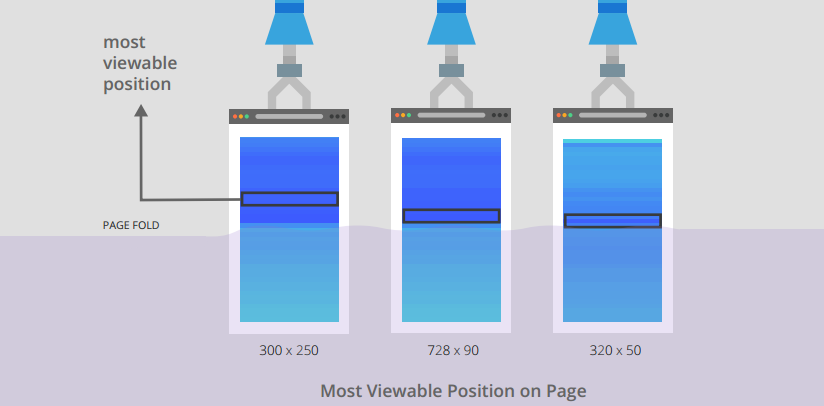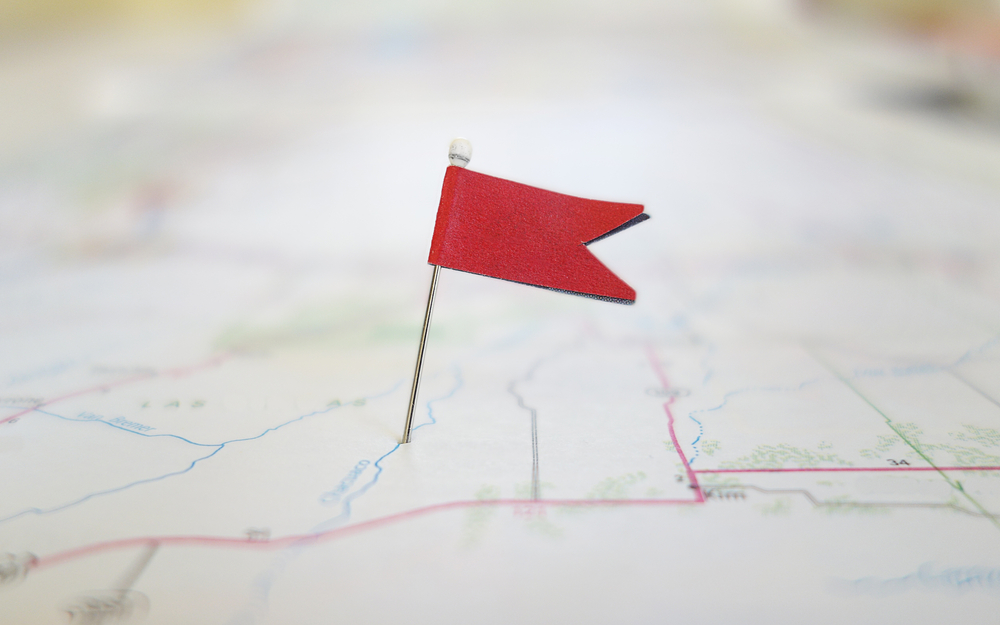Creating original and appealing content, scouting audience behavior and publishing on the right channels all form the basis of content marketing. According to new research from Google, the placement of clickable buttons, ads and CTAs can have a profound impact on site functionality and a brand’s ability to achieve business goals.
The study looked at viewability factors, specifically targeting paid ads – but the findings are also applicable to newsletter sign-ups, social buttons and other calls to action.
So where is the best place to put these features on the page? The answer is above the fold – but closer to the bottom than the top of this area. Many brands fall into the trap of putting essential elements front-and-center in their layouts, but it seems that they’re better off after text but before scrolling is necessary for them to be seen.

What elements belong in this hotspot?
Now that we understand where to put important links and images for maximum visibility and clicks, the next question to ask is: What belongs there?
CTAs – Include a form-fill box to collect email addresses and contact information, or at least place a link to a landing page that does the same. If a brand website is the mouth of a sales funnel, contact info is the most important conversion possible.
Links to high-value resources – On the other hand, if the entire goal of a web strategy is to establish a healthy store of content and push a brand’s industry perspective, it makes sense to put additional resources and content in the most visible section of the page.
Social buttons – Make it easy to share content. Social buttons help expand the range of a piece of content and can even contribute positively to SEO rank. Encouraging social activity can bolster prospects’ awareness of a company and extend content’s reach.
There are as many useful site designs as there are companies operating on the web, so some hard and fast rules can be bent. However, knowing where the majority of prospects’ eyes will fall on the page can improve the performance of individual elements, such as calls to action, that meaningfully contribute to a company’s bottom line.
Want to learn more about page layout and design affects marketing? Check out this ebook:
A marketer’s guide to UX: The ‘invisible’ elements that fuel success




